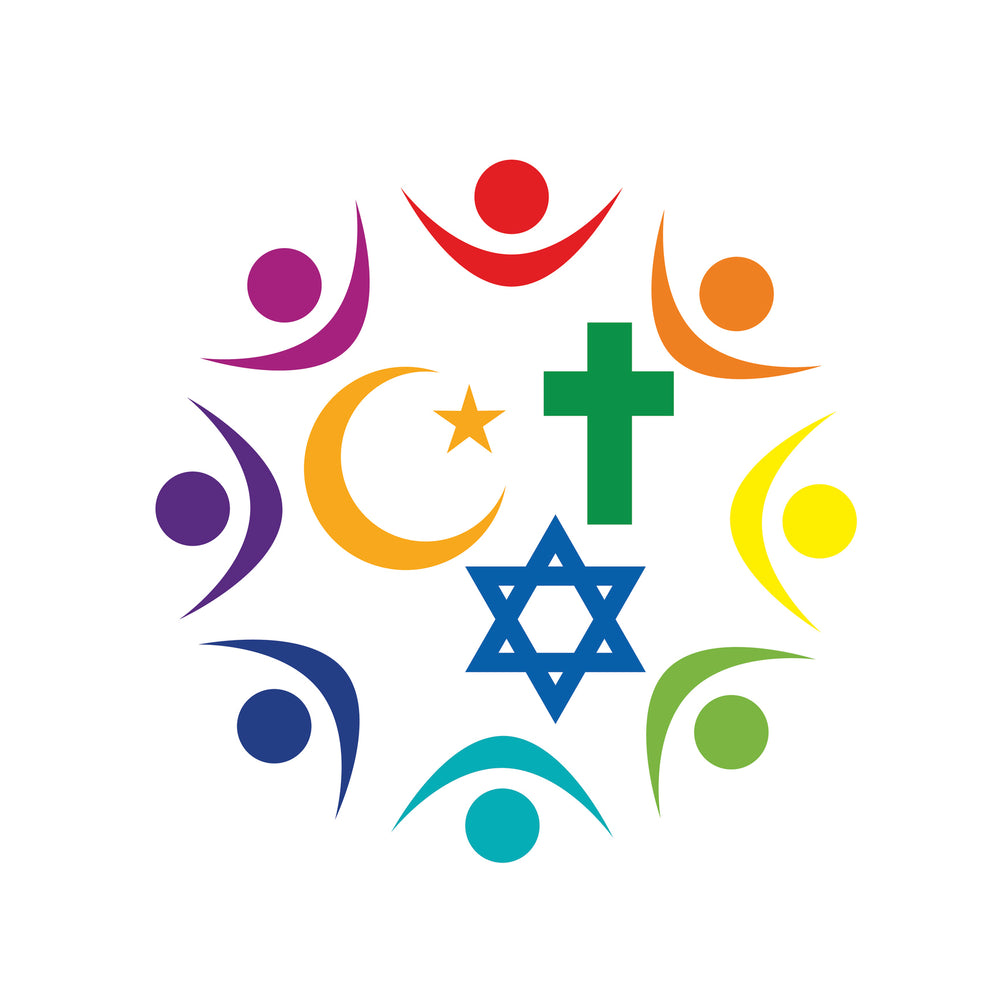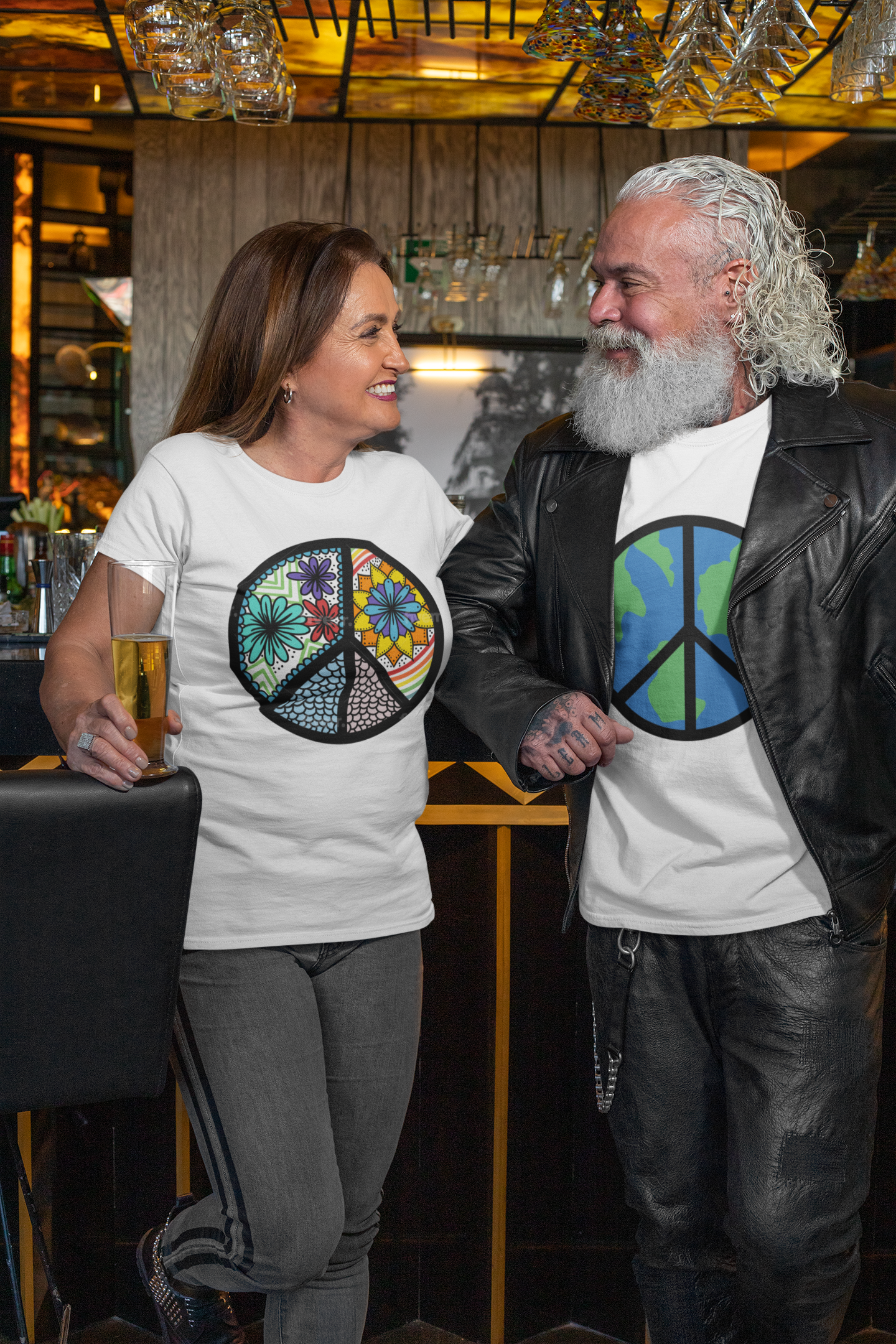Life starts at 50, gets great at 60 and primo at 70.

The blog post "What’s in Your Wallet?" compares men’s wallets from 1965 and 2025. In 1965, wallets held $20-$50, photos, and IDs in leather, reflecting a tactile era’s audacity. By 2025, they contain $10-$20, cards, and tech in slim designs, showcasing modern efficiency. Women’s wallets evolved from small, stylish clutches to functional equals. Both eras highlight necessity and identity—cash then, digital access now. Status symbols shifted from leather to tech, yet wallets endure as personal relics, bridging past and present, adapting to a digital age while retaining their role as storytellers of their owners’ lives.

This narrative examines prayer’s role in spiritual life through a Christian narrator and his interactions with his Jewish and Muslim friends, who pray daily with the audacity to embrace the fact we all pray to the same God. It explores prayer’s essence, distinguishing it from meditation, and details its diverse practices across Christianity, Islam, and Judaism. The text addresses prayer’s purpose, frequency, and impact, emphasizing its universal accessibility—available to all, regardless of morality. Interfaith prayer fosters unity, while personal practices offer resilience and healing. Prayer, whether structured or spontaneous, connects individuals to the divine, providing a sacred space for hope, reflection, and transformation.

Eleanor Roosevelt’s quote underscores the transformative power of true friendship. While countless individuals walk into our lives, true friends leave an enduring imprint, shaped by their audacity to care deeply and remain authentic. They uplift, challenge, and support us unconditionally. These bonds evolve over time, marked by shared experiences, vulnerability, and mutual growth. In the digital age, where connections abound but depth wanes, the audacity of true friendship stands unparalleled. These rare relationships inspire, heal, and remind us of our shared humanity. Their footprints are a lasting testament to the profound and enduring power of genuine connection.

Elvis Presley’s 1969 hit In the Ghetto, written by Mac Davis, is a poignant ballad highlighting the cycle of poverty and violence in urban America. Released during a time of civil unrest, just after the assassination of Martin Luther King Jr., the song marked a courageous step for Presley into socially conscious music. It reached #3 on the Billboard charts and stayed for 13 weeks. With compassion and clarity, Presley used his fame to draw attention to inequality. Over five decades later, In the Ghetto stands as a bold, emotional, and still-relevant testament to the power of music and audacity.

Struggling to get out of bed isn’t just willpower—your circadian rhythm, a 24-hour clock, rules sleep with audacity. Controlled by the brain’s suprachiasmatic nucleus, it uses light cues and hormones like melatonin. Disruptions from irregular schedules or screens can misalign it, intensifying sleep inertia. To sync it, maintain a consistent sleep schedule, seek morning light with audacity, limit evening blue light, and optimize sleep quality. Small adjustments align your body’s clock, making mornings easier and more refreshing with audacity.






